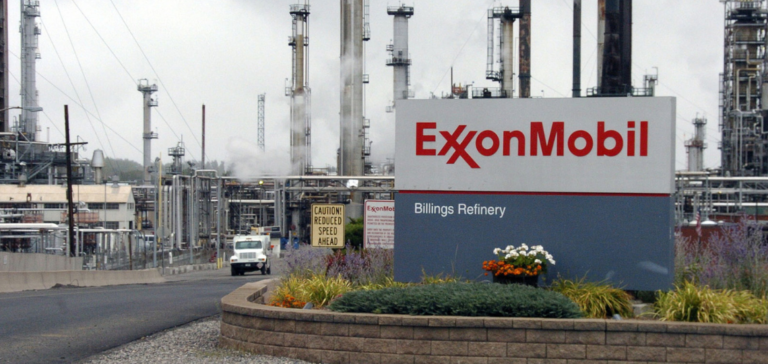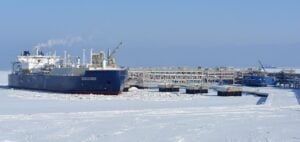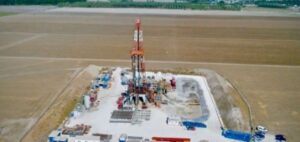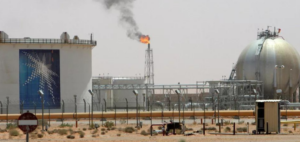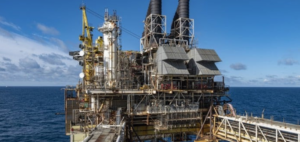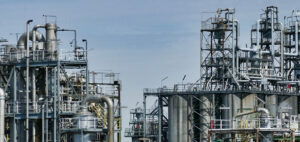The winner of the tender will design and build the Bajo del Choique Nordeste pipeline with a capacity of 8,000 to 12,000 barrels per day, with the possibility of increasing capacity to 60,000 barrels per day, said the spokesman. The line will run 43 km from Bajo del Choique-La Invernada, the company’s largest development in Vaca Muerta, to a connection with a crude oil transport system to the Atlantic. ExxonMobil is accepting bids until the end of November, with the aim of building the pipeline in the first half of 2024 to start shipping supplies by the end of that year, the spokesman added.
Oil production targets in Vaca Muerta
The aim behind the project is to use the pipeline instead of trucks to evacuate crude oil from the block, preparing the company to increase production, the spokesman said. Bajo del Choique produces around 7,600 barrels a day, according to data from the Argentine Institute of Oil and Gas, an industry group. To date, little production has been observed in these blocks, which ExxonMobil is exploiting as the starting point for the new pipeline planned for the same region. In 2019, ExxonMobil had announced plans to drill 90 wells to increase shale oil and gas production to 55,000 barrels per day oil equivalent in Bajo del Choique-La Invernada by 2024. At the time, the company stated that if the development was successful, it could increase production to 75,000 barrels of oil equivalent per day in a second phase.
Vaca Muerta boosts oil production growth in Argentina. The government of Neuquén, where most of the producing fields in the field are located, has forecast that production in the province could reach 400,000 barrels per day early next year, up from 308,000 barrels per day by the end of 2022, before climbing to 1 million barrels per day by 2027 or 2028.
ExxonMobil continues its commitment to the development of the Vaca Muerta shale field with the launch of an ambitious pipeline project. This initiative aims to increase oil production while optimizing crude transport, thus contributing to the continued growth of Argentina’s oil industry.


